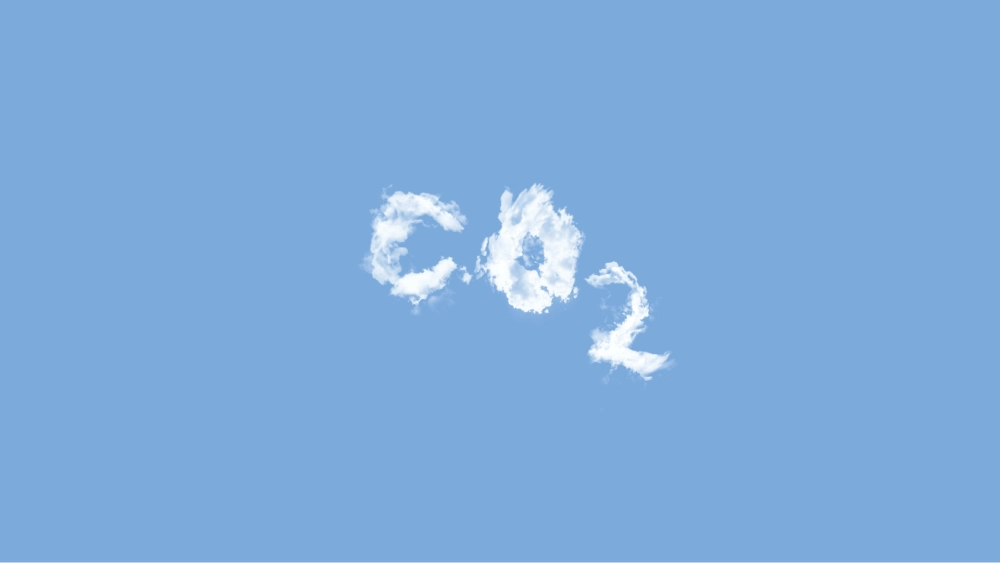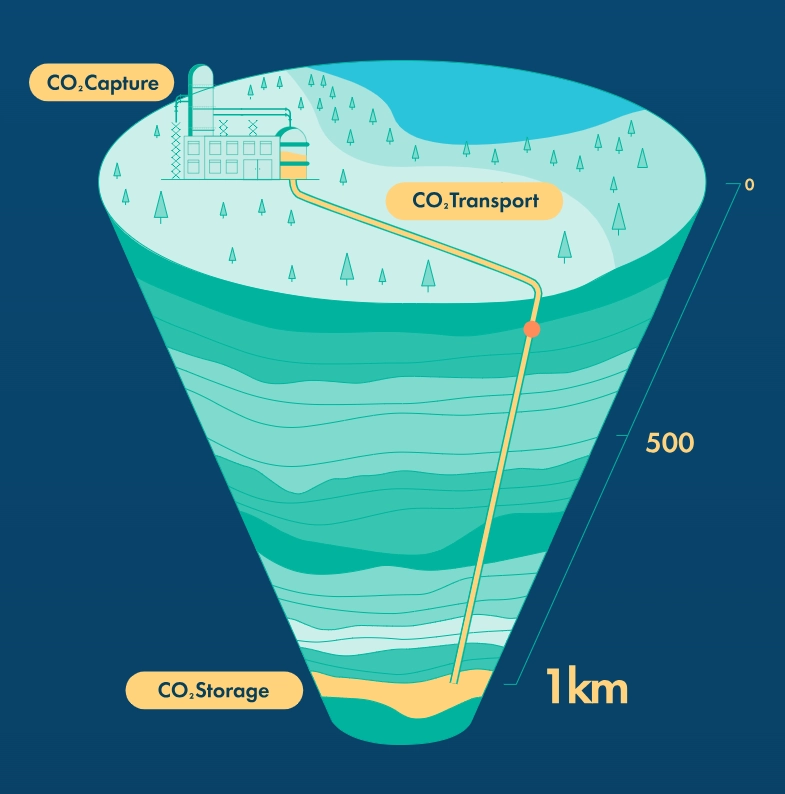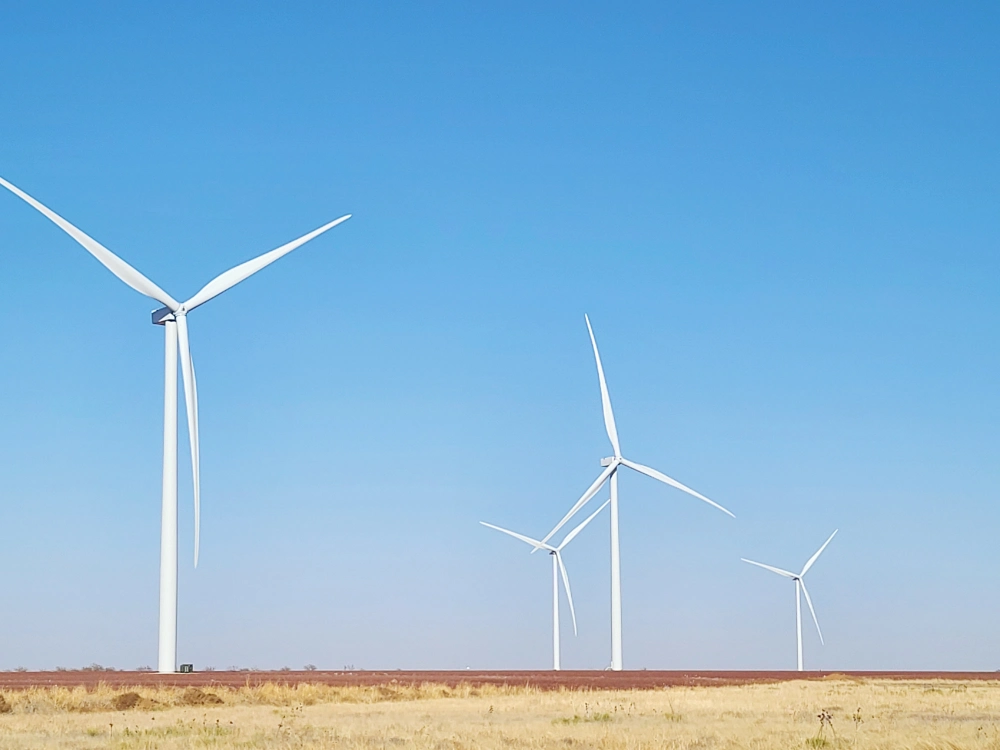What Is the Paris Climate Agreement? Updates on Progress (2023)
8 minute readAdopted in 2015, the Paris Agreement, also known as the Paris Climate Accords, is a pivotal international treaty adopted by
Home > Learning Center > Sustainability > What Is Carbon Capture and Storage?
5 minute read • Last update February 2024

Have you ever wondered how humanity can reduce our global environmental footprint while reliably producing enough energy to meet the ever-growing demands of our society? It’s one of the biggest challenges facing scientists and engineers today.
Gases that trap heat in our atmosphere are called “greenhouse gases”. The rapid accumulation of carbon dioxide (CO2) and other greenhouse gases in the Earth’s atmosphere trap heat, leading to a warming effect. This accumulation leads to increasingly apparent changes in climate: Namely, warmer temperatures, more frequent and intense storms, and more pronounced extremes.
While limiting our emissions is a critical step, it is not enough. As a society, we must also focus on actively preventing and scrubbing excess carbon from the atmosphere. Scientists have been working on innovative solutions to this challenge, and Carbon Capture and Storage (CCS) is one such solution that can make a significant impact.
How can we reduce atmospheric carbon dioxide greenhouse gases and tackle global warming at the source? The answer is CCS, or Carbon Capture and Storage/Sequestration.
CCS helps reduce greenhouse warming through the capture and removal of carbon dioxide from the atmosphere. CCS is not a novel idea: the earth’s ecosystems have been capturing and storing carbon for millions of years in natural cycles. When plants use photosynthesis to convert CO2 to oxygen, or marine phytoplankton absorbs CO2 from the atmosphere, they participate in a process called Biological Carbon Capture and Storage.
However, thanks to human technological advances, Geologic Carbon Capture and Storage has become a standard practice across many industries in reducing atmospheric carbon dioxide levels. During capture, CO2 is separated from other gases to purify it. There are several capture methods in use depending on the emissions source, which have been proven effective over many years of using carbon in manufacturing and industrial processes.
Once pure carbon is captured, it can be utilized in industrial products and excess carbon can be stored safely and permanently deep underground in dense rock formations. In fact, human-engineered CCS has been safely employed to contain carbon emissions for over fifty years. As a proven method to help reduce global emissions, the scientific community agrees that CCS is an essential component of the solution to the climate crisis.
Did you know? Carbon capture is used every day across many fields vital to our economy, including cement, steel, fertilizers, power generation, natural gas processing. And, it can be used in the production of clean hydrogen – for use in energy storage and hydrogen fuel cells, for example.

CCS is typically used in an industrial setting, where CO2 is often produced as a by-product of steel or cement production or from energy-related sources such as power plants or natural gas processing facilities.
The concept of CCS is relatively simple, involving the following three steps:
Multiple techniques are required to mitigate the impact of greenhouse gases, and there are two basic forms of Capture:
There are two paths to capturing these gases: pre-combustion capture (capturing CO2 before the gas is burned as fuel to produce electricity) and post-combustion capture (capturing excess CO2 after the fuel has been burned to produce energy).
When CO2 needs to be transported, it usually goes through a process to remove liquid water before transport. For short distances, pipelines carry CO2 as a gas, but for long distances the gas is compressed to a dense fluid, which has less volume and is easier to transport. For very long distances (such as shipping to international markets) CO2 is liquified for transport by ship, but this is not as common.
Carbon dioxide is much safer to transport than many other substances because it does not form flammable or explosive mixtures with air, like oil and gas do. And in the event of leaks, CO2 is non-toxic to humans or wildlife when mixed in the air, except in a highly unlikely event where very CO2 is released very quickly, in high amounts, without moving air. Thankfully, industries employ a variety of safety measures, such as an auto shut-off function when a leak is detected in a pipeline, making these scenarios highly unlikely. CO2 pipelines, and other transportation methods, are safe and closely managed under strict international standards. For example, in the US CO2 pipeline safety is regulated by the federal Pipeline and Hazardous Materials Safety Administration (PHMSA) and CO2 pipeline safety data is publicly reported by PHMSA. Thanks to our mature industrial environment in America, there is significant experience with CO2 pipeline development and operation on land and under the sea. There are around 50 CO2 pipelines currently operating in the US covering over 5,000 miles, which transport approximately 70 million tonnes of CO2 every year.
In the United States alone, potential carbon storage sites exist in abundance. In fact, in 2013, the USGS released a nationwide assessment of geological carbon sequestration to estimate U.S. carbon storage potential. The evaluation found that in this country alone, there is enough space to store approximately 3,000 metric gigatons of CO2.
For context, in the 45 years that CCS technologies have been used commercially, 200 million tons of CO2 have been stored in geological reservoirs in the U.S. This means that in 45 years, we have used only 0.0067% of the storage space we have at our disposal: we haven’t even scratched the surface of this technology’s potential.
With abundant space for carbon storage below ground, CCS is considered a long-term solution to reduce the impact of atmospheric carbon dioxide. As geologic repurposed carbon reservoirs have existed for millennia as natural hydrocarbon deposits, they will continue to do so for years to come.
According to the Intergovernmental Panel on Climate Change (IPCC), CO2 stored in appropriately selected and managed geological reservoirs is 99% likely to remain there for over 1,000 years.
CCS has proven itself over the past 45 years of operation to be safe and effective in negating the effects of climate change as a highly-regulated and reliable means of removing carbon from the atmosphere.
In the words of the Global CCS Institute, “All components of CCS are proven technologies that have been used for decades at a commercial scale. Indeed, CCS technology is being used worldwide in different ways and is already cutting greenhouse gas emissions.”
For decades to come, natural gas will continue to play an indispensable role in meeting global energy needs. However, the global demand for natural gas is not a reason for the industry to overlook its environmental responsibilities.
All over the world, we are beginning to see the impact of global warming. And now, more than ever, we must each take responsibility to create a better future for ourselves and our children.
Javier Hinojosa, Vice President of Retail Power at BKV Energy, has over fifteen years of management experience in M&A, consulting, supply chain, technology, and operations. He is responsible for overseeing all aspects of BKV Energy's business, from finance and brand development to customer service and go-to-market strategy.

Adopted in 2015, the Paris Agreement, also known as the Paris Climate Accords, is a pivotal international treaty adopted by

How much wind energy does Texas produce? There are over 16,000 wind turbines in Texas capable of producing over 39,000
Get $50 off your electric bill!
Use code BKVEJOINUS50
Enter your zip code to shop BKV Energy's affordable, fixed-rate Texas electricity plans. Use the promo code for $50 off your electric bill.